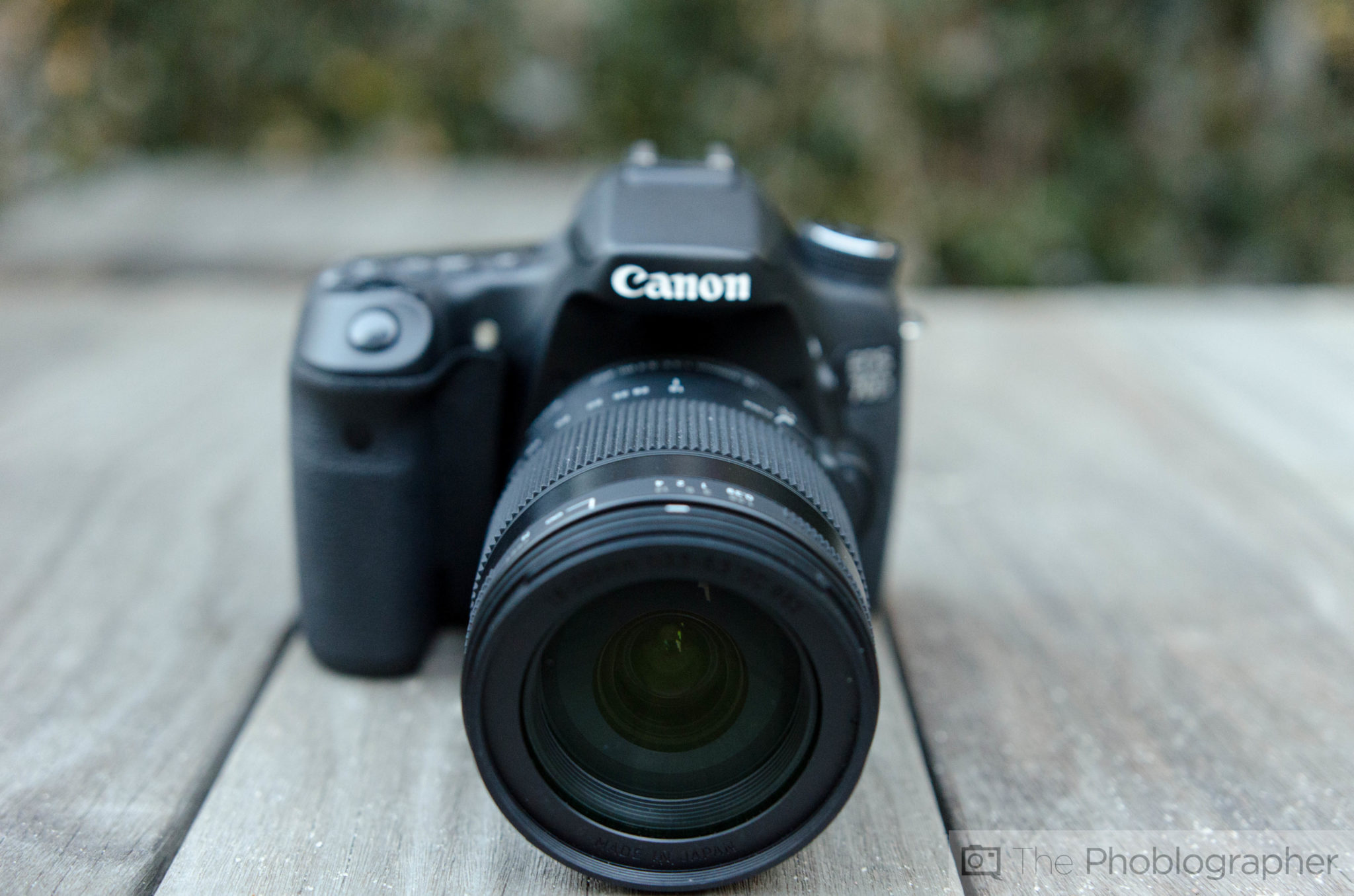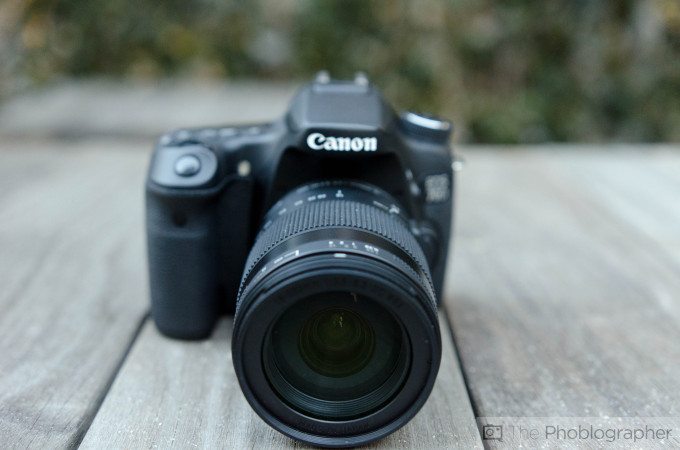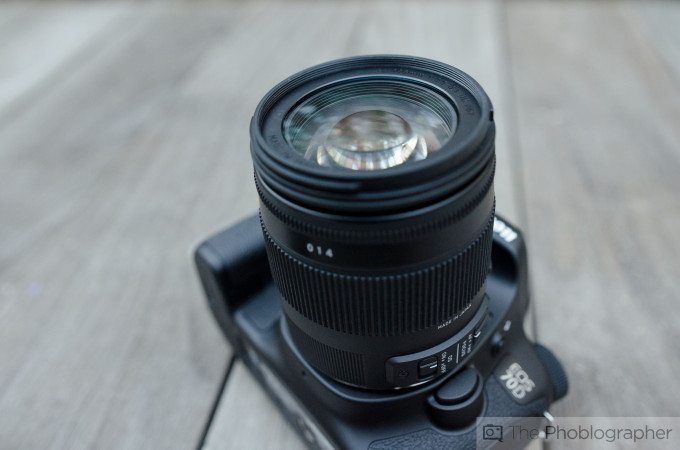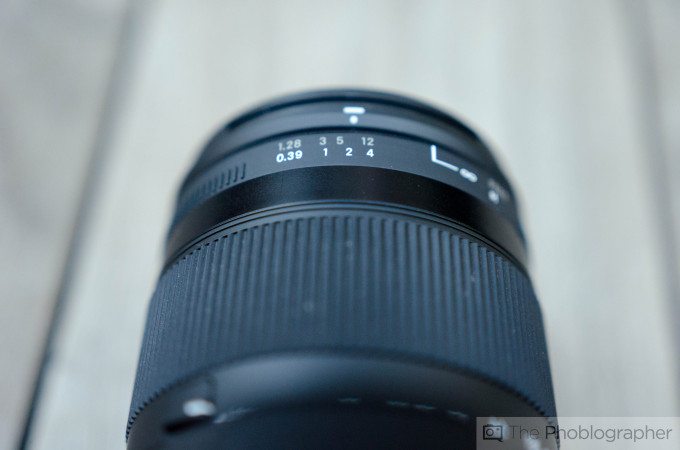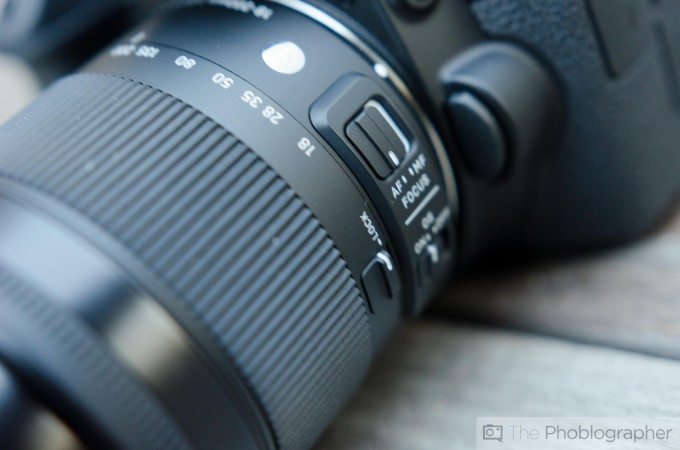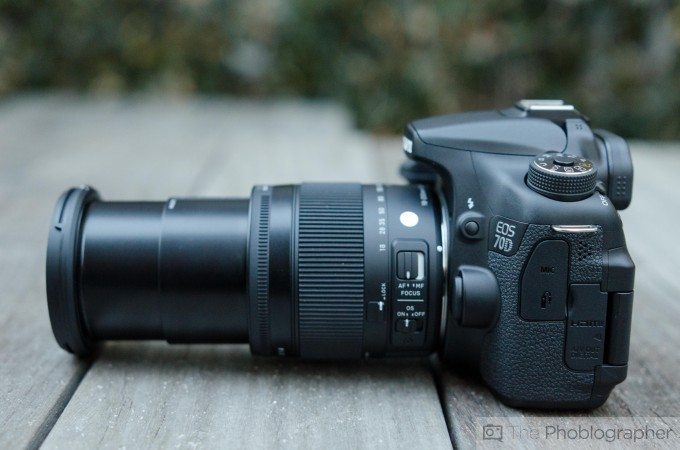Last Updated on 04/15/2014 by Chris Gampat
All-in-one super-zoom lenses are all classically huge and heavy. Made to do everything and be a master at nothing, these extremely wide focal length lenses have historically only offered only decent image quality. But while most professional and artistic photographers might turn their noses up at these pieces of glass as poor quality ‘snapshot’ lenses, there’s something to be had about the versatility of a lens that can be extremely wide and then zoom in on an object miles away without the shooter needing to move a step.
Sigma too has a long history of producing super-zoom lenses dating all the way back to the early 1990s. In its latest addition to the super-zoom lineage, Sigma has introduced a refreshed 18-200mm f3.5-6.3 under the banner of its Contemporary line of lenses. Aside from the slick new styling, this is Sigma’s lightest super-zoom lens yet. Additionally it can also get much closer to subjects and produce Macro shots reproducing objects a third of their real-life size. Now the question is there any merit to these promises or is the only thing to this lens a really long barrel.
Pros and Cons
Pros
- A dense but super compact lens for the super-zoom category
- Spot on autofocus
- Great color reproduction with a sharp lens
- For $399 this lens is an incredibly versatile package
Cons
- Focusing ring is almost completely useless
- Distortion, vignetting, and sometimes fringing all need correcting in post
Gear Used
We tested the Sigma 18-200mm f3.5-6.3 with the Canon 70D (previously reviewed).
Tech Specs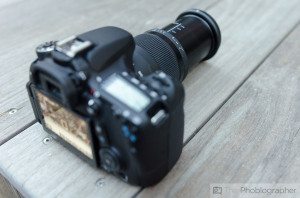
- Lens Construction: 18 Elements in 13 Groups
- Angle of View: 76.5-8.1 degrees
- Number of blades: 7 Blades (Rounded Diaphragm)
- Minimum Focusing Distance: 39cm/15.4in
- Maximum Magnification: 1:3
- Dimensions: 70.7mm x 86mm or 2.8 x 3.4 inches (W x H)
- Weight: 430g or 15.2oz.
Ergonomics
The Sigma 18-200mm f3.5-6.3 is by far one of the smallest super-zoom lenses ever. Standing in at a stout 3.4-inches tall, the Sigma 18-200mm shorter than the Canon as well as the Nikon version, which measure 3.1 x 4.0 inches and 3.0 x 3.8 inches respectively. It’s also way lighter at just 430 grams, where as the Canon scales in at 595 grams while the Nikon weighs 560 grams.
Because the Sigma’s 18-200 is so short there also no room for anything too fancy like a depth of field scale or a really nice manual focusing ring. Upfront the lens has a fiddly little focus ring, which is pretty much useless unless the camera’s autofocus system absolutely refuses to hone in on the subject.
Further back, there’s a big, fat zoom ring where you’ll spend most of your time zooming—and then zooming some more. Luckily it feels tight throughout full 18-200mm focal length range as you extend the lens all the way.
The barrel of the lens itself meanwhile features a few markings noting the different macro levels the lens can be set to.
Moving to the buttons towards the back, we’ve got a couple of switches for AF/MC and one for the optical stabilization system. The switches snap into action with the same resounding click as with all of Sigma’s recent lenses. They’re also placed so far back my hand never rubbed into them or noticed they were there while shooting. Additionally, Sigma included a lock switch that can be flicked on to prevent the lens from extending on its own. Lens creep wasn’t an issue at all, but the locking switch kept things from going awry whenever I reached into my bag for it.
Build Quality
As part of Sigma’s contemporary lens line, the 18-200mm feels decidedly more plastic than the tank-like build quality of the Sigma 35mm f1.4. Despite the plastic build, the lens feels solid and extremely dense because the 18 glass elements have been packed into such a tight space. When attached to big crop-sensor body like the Canon 70D, the Sigma super-zoom feels a bit too light. But it should feel right at home on a smaller camera like the Canon EOS Rebel SL1.
Ease of Use
If you can’t help it don’t even bother trying to manually focus with this lens. The focus ring on the Sigma 18-200 has an extremely short throw—barely even a quarter turn—between focusing at infinity and its 15.4-inch minimum focusing distance.
Autofocus
Thankfully, though, the Sigma 18-200mm is a joy to use with the Canon 70D’s autofocusing system. During my testing I found the lens’s ability to hone in on focus points was reliable enough for everyday shooting. There were a few instances where the lens, and partially the camera itself, could not line up a shot with extremely far away subjects or those in shrouded in darkness.
It also isn’t the fastest focusing lens, but it’s still quick enough for street photography, landscapes, macro shots, and just about anything else that’s not sports. I can also confirm the Sigma super-zoom works splendidly with the Canon 70D’s seemingly magical video mode and it had no problem pulling smooth focus transitions like a full-on camcorder.
Image Quality
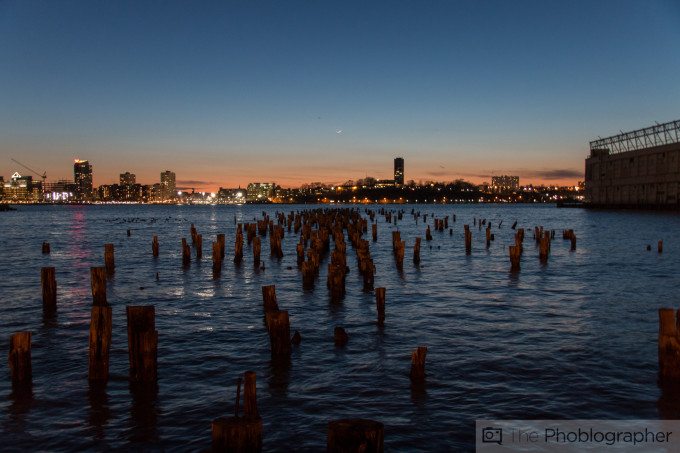
Image quality is pleasingly amazing overall with the Sigma 18-200mm f3.5-6.3. It’s sharp across its entire zoom range and produces wonderful true to life colors straight out of the camera.
That said…
This lens isn’t perfect and technically no lens really is. There’s a noticeable hint of distortion throughout the focal length range and small slivers of vignetting on the corners. Purple fringing is also a small issue that you’ll have to watch out for whenever shooting in daylight.
Sharpness
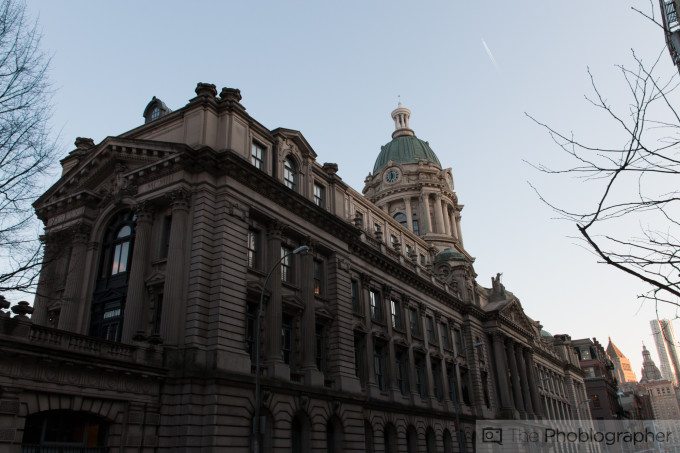
The 18-200mm f3.5-6.3 is surprisingly sharp even when wide open and at its shortest focal length. There’s a hint of softness at the very edges but this mostly plays in because of distortion. Things look even better on this lens once you zoom in. At 200mm f6.3 everything in frame looks wonderfully sharp making this lens perfect for spontaneous macro shots.
Color Rendition

Just like other Sigma lenses, this 18-200mm f3.5-5.6 shoots warm and very true to life colors. There’s nothing too saturated or washed out about the colors, and the Sigma reproduces skin tones almost perfectly. Straight out of the camera you’ll get a lot of great looking shots even without post processing.
Color Fringing

If there’s one thing to fault the lens about, it’s the slight hints of purple and blue fringing. For the most part it’s a non-issue unless I’m shooting in extremely bright sunlight. But even the small issues I had were easily fixed in Lightroom 5 with the Defringe tool.
Bokeh

Even at f3.5 the Sigma super-zoom lens still produces decent bokeh. While it’s there it also isn’t particularly smooth. Drilling down to the bokeh balls everything looks nice and round until you get to the edges. What’s more, all the balls have a bit of onioning throughout.
Extra Image Samples
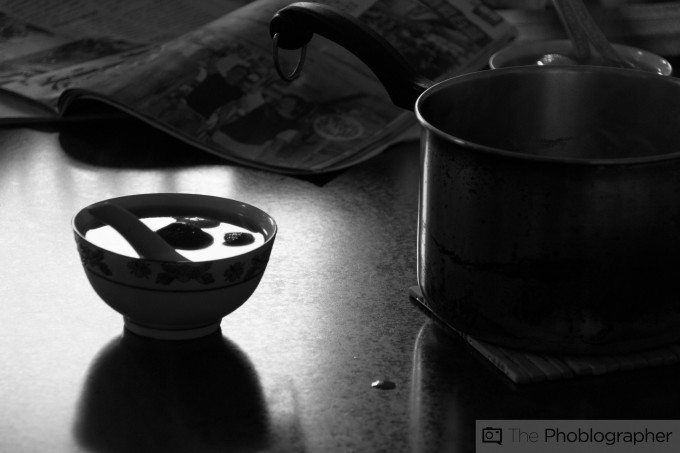





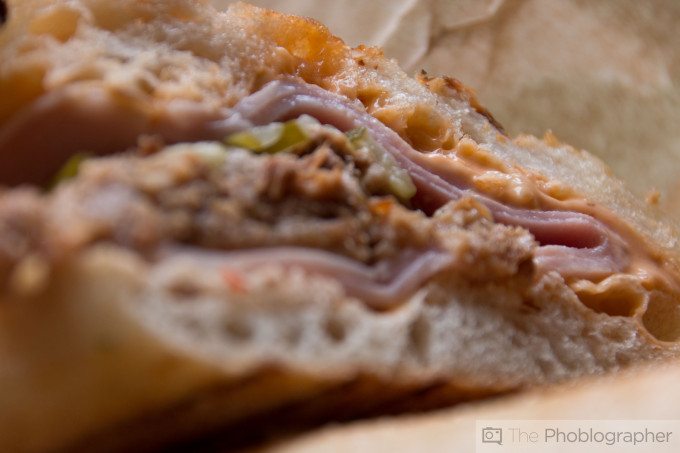
Conclusions
Like
- Lightweight and shorter compared to other super-zoom lenses
- An extremely wide and versatile focal length range
- The zoom band is nice and fat with a tight rotating action
- Sharp image quality and great color reproduction
Don’t Like
- The focusing ring is small and extremely short
- Expected but still annoying distortion and vignetting problems
- Fringing is an issue in bright sunlight
I lived with the Sigma 18-200 f3.5-6.3 for just shy of three weeks and it easily did everything I wanted to do with it. Thanks to its extremely wide focal length range I could shoot landscapes one minute, go to 50-85mm for portraits, and then with a quick turn of the zoom ring I could go to shooting something over 100 feet way. The Sigma super-zoom is an incredibly versatile lens and you’ll love carrying it around because it’s also so light.
New photographers just jumping into the DSLR game should definitely skip the 18-55mm or even the 18-135mm kit lenses and consider getting this lens instead. The Sigma’s 18-200mm f3.5-6.3 is an amazing all-around lens and in the right hands it can do some really amazing things.
Pick it up now at Adorama for $399.
Recommended Cameras and Accessories
Canon 70D – A versatile camera for a versatile camera; the Canon 70D is an amazingly flexible body. Its articulating screen is perfect for taking shots low in the ground or stretching your arm well above your head and it’s impossible to look through the viewfinder. What’s more, it still has one of the best autofocus systems for pulling focus while shooting video.
Canon EOS Rebel SL1 – For the lightest package capable, the Rebel SL1 an extremely light body that photographers could carry around in hand with the lens all day.
Nikon D7100 – Across the Canon camera aisle, Nikon D7100 has an even sharper 24MP sensor without an anti-aliasing filter for catching even more tiny details.


